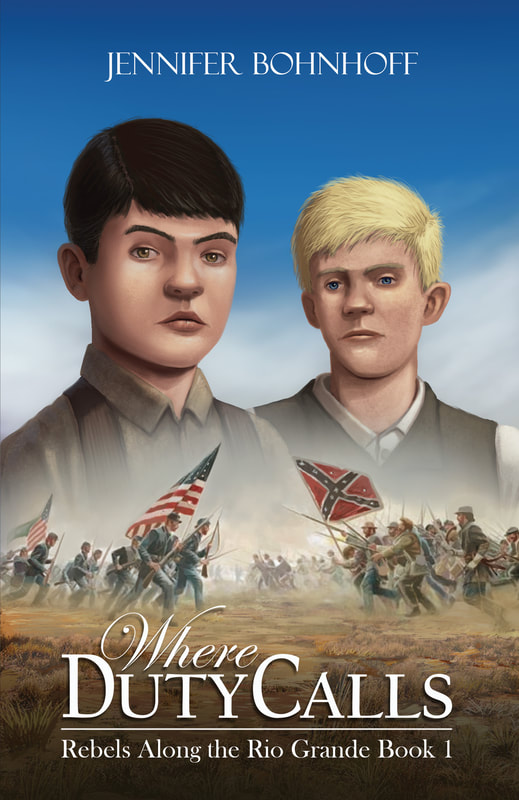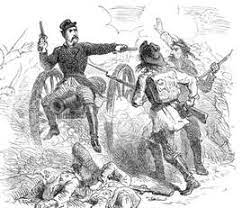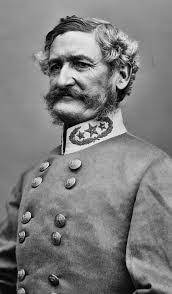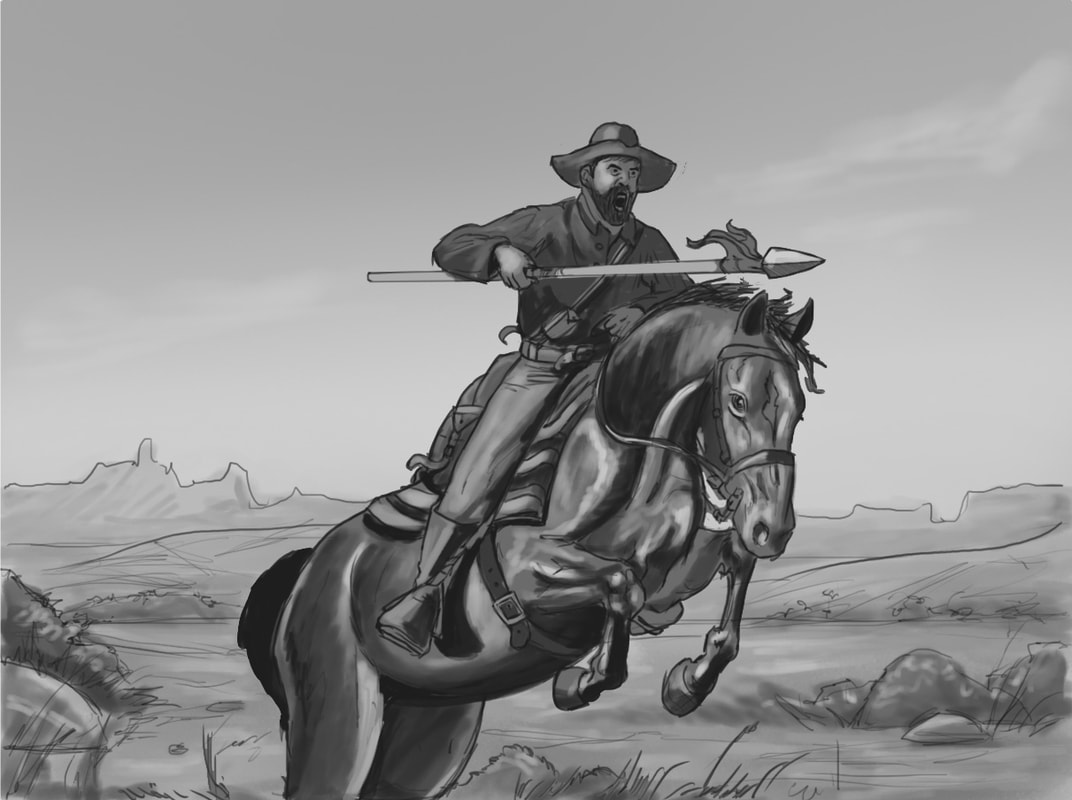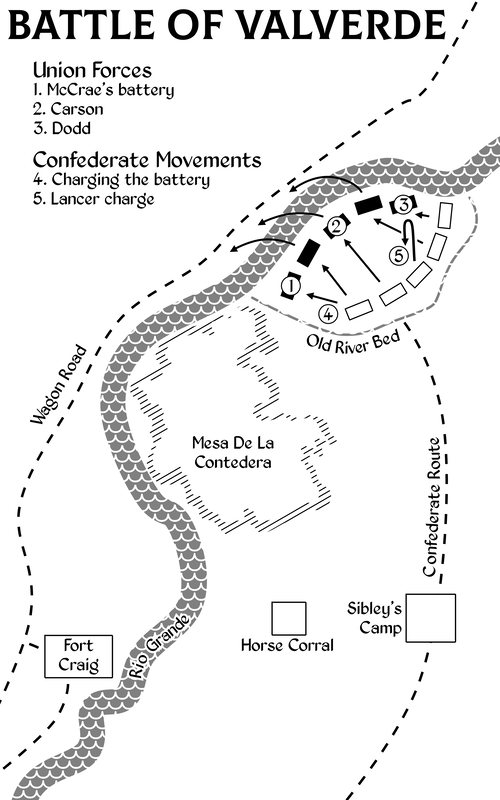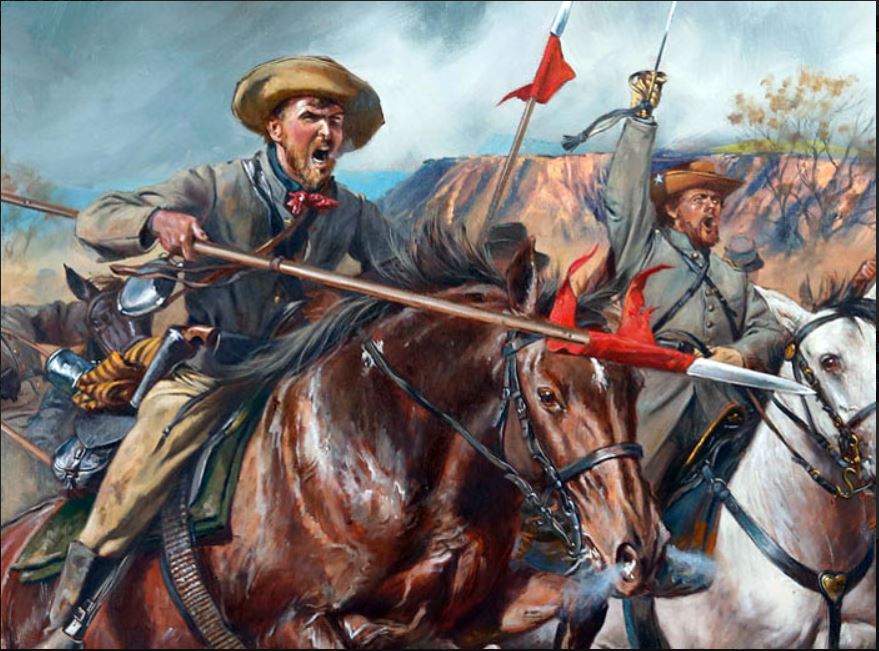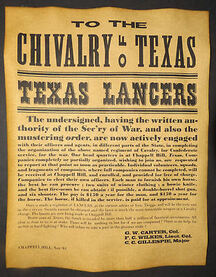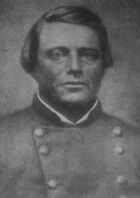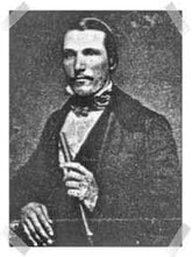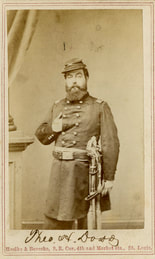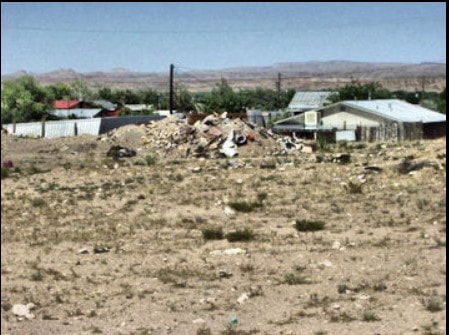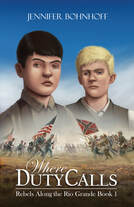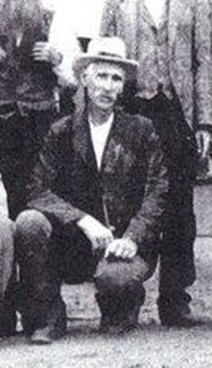
Although mules died in battle, just like the soldiers they supported, a greater percentage died of overwork, disease, or starvation. Rarely was the daily feed ration for Union cavalry horses, ten pounds of hay and fourteen pounds of grain, available during the long campaigns.

While Jemmy and his mules are fictional characters that I created for my novel, the story of Paddy Graydon is true. Graydon really did spook the Confederacy's pack mules, and the Union Army did really collect over 100 of the beasts when they broke to gain access to water. They lost over 100 animals and had to reconfigure their supply train. Before they left camp, the Confederates burned what they could no longer carry.
To commemorate this incident, one Union soldier penned a poem based on Tennyson's Charge of the Light Brigade.
Half a mile, half a mile,
Half a mile onward,
Right through the Georgia troops
Broke the two hundred.
“Forward the Mule Brigade!”
“Charge for the Rebs!” they neighed.
Straight for the Georgia troops
Broke the two hundred.
“Forward the Mule Brigade!”
Was there a mule dismayed?
Not when the long ears felt
All their ropes sundered.
Theirs not to make reply,
Theirs not to reason why,
Theirs but to make Rebs fly.
On! to the Georgia troops
Broke the two hundred.
Mules to the right of them,
Mules to the left of them,
Mules behind them
Pawed, neighed, and thundered.
Breaking their own confines,
Breaking through Longstreet's lines
Into the Georgia troops,
Stormed the two hundred.
Wild all their eyes did glare,
Whisked all their tails in air
Scattering the chivalry there,
While all the world wondered.
Not a mule back bestraddled,
Yet how they all skedaddled--
Fled every Georgian,
Unsabred, unsaddled,
Scattered and sundered!
How they were routed there
By the two hundred!
Mules to the right of them,
Mules to the left of them,
Mules behind them
Pawed, neighed, and thundered;
Followed by hoof and head
Full many a hero fled,
Fain in the last ditch dead,
Back from an ass's jaw
All that was left of them,--
Left by the two hundred.
When can their glory fade?
Oh, the wild charge they made!
All the world wondered.
Honor the charge they made!
Honor the Mule Brigade,
Long-eared two hundred!
